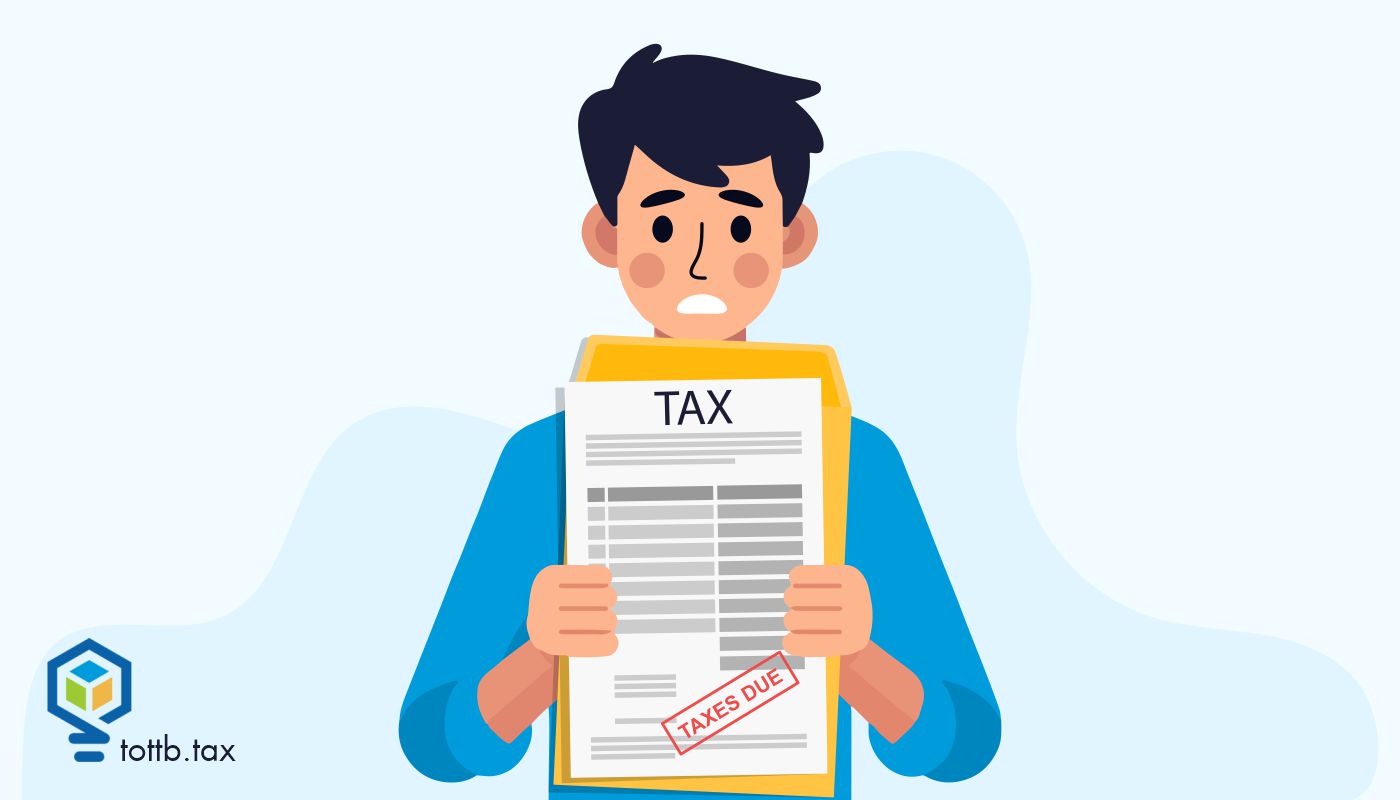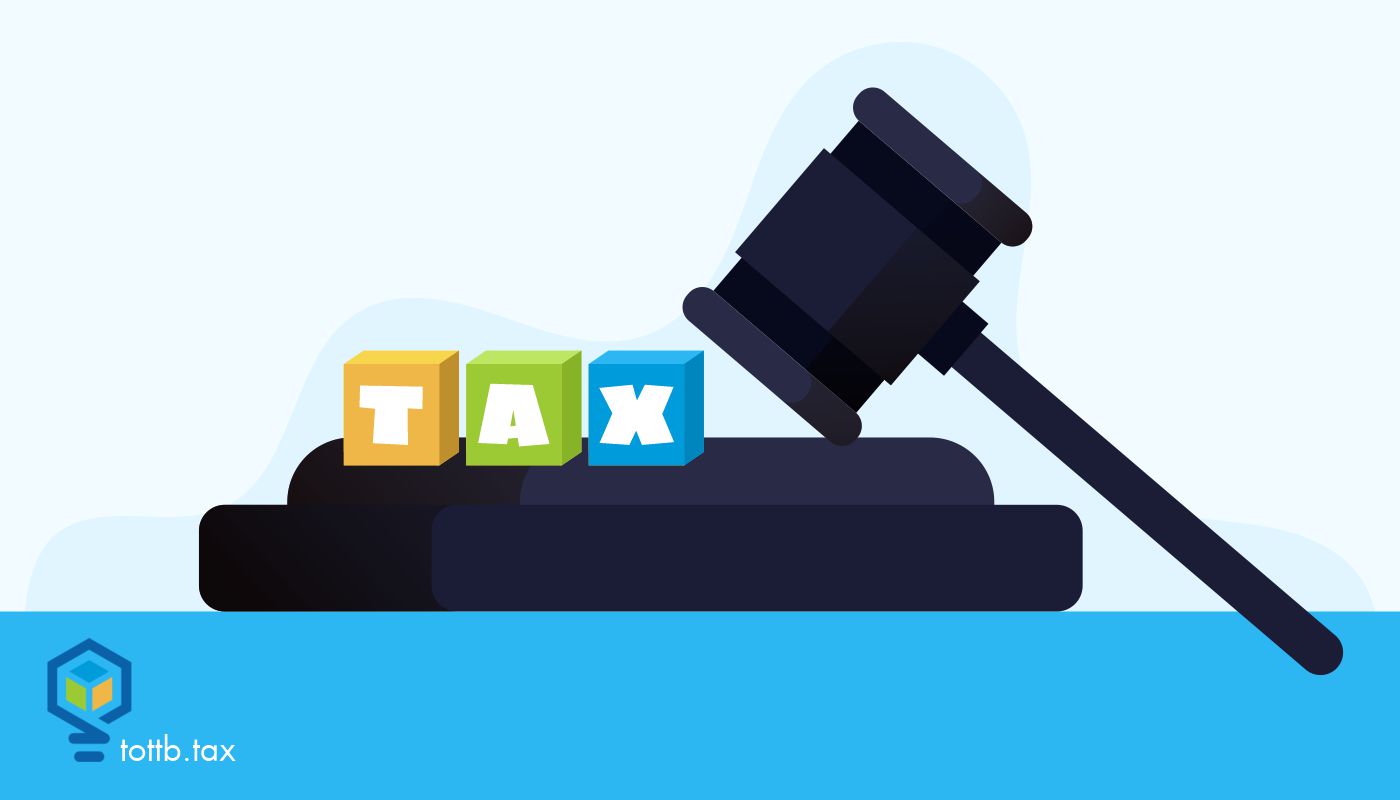As we navigate a world with COVID-19, large swings in the stock market have become the norm. Many buy and hold-style investors are more actively managing their portfolios to take advantage of these swings. The IRS has a special trader status for taxpayers who frequently engage in trading. This status includes a special accounting method, not available to the average investor, that can come with substantial tax savings. The status allows an investor to make special deductions and opens the door to a wide range of tax reduction strategies unavailable to the casual investor. However, with potential savings also come risks that could end up costing the taxpayer/trader more than the average investor. Weighing the pros and cons of this status is crucial in minimizing tax liability. The big question for tax planning is this — does obtaining trader tax status result in less tax?

Lessons Learned from the Tax Court: The Root of the Issue
When is a business really a business? As Supreme Court Justice Potter Stewart said in 1964, “I know it when I see it.” The US Tax Court, however, maintains a slightly less subjective standard. The Roots were pretty sure they were running a bona fide business; the IRS, however, didn’t share the sentiment. And since we’re reading about them in a segment called “Lessons Learned,” one should assume it did not go the way the Roots would have liked.






